China is preparing to build a circular particle accelerator in a 100km underground tunnel to create the "God Particle".
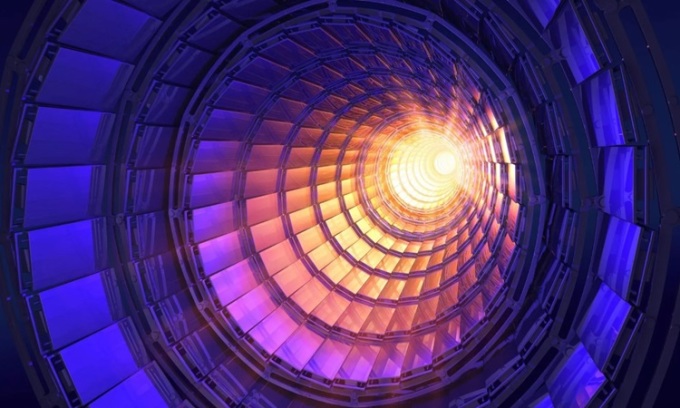
Inside the particle accelerator tunnel. Photo: iStock
The $5 billion circular electron positron collider (CEPC), also known as the Higgs factory, will take about 10 years to build and become the next global center for particle physics, according to Wang Yifang, director of the Institute of High Energy Physics in Beijing, Interesting Engineering reported on March 8. By accelerating electrons and their antiparticles, positrons, in a 100-kilometer-long underground tunnel to extremely high energies and smashing them into each other, the CEPC will create millions of Higgs bosons, allowing scientists to make new discoveries beyond the Standard Model, the current best theory to describe the fundamental building blocks of the universe.
The ambitious project will also help China become a world leader and pioneer in high-energy physics. According to Wang, the CEPC technical design report, which involved 1,000 scientists from 24 countries and took five years to complete, passed international review and responded to feedback from the physics community when it was released in December last year.
The report, along with several prototypes built and tested over the past decade, demonstrates China's ability to design and build such a large scientific facility. The idea for the CEPC was first proposed by Wang and his colleagues in 2012 after the discovery of the Higgs boson, or "God particle," which gives mass to almost all other particles, using Europe's Large Hadron Collider (LHC).
While the Higgs boson is believed to be the key to the next breakthroughs in fundamental physics, there are skeptics about the high cost and technological readiness of CEPC. Wang admits that $5 billion is not cheap. However, if CEPC can support research for thousands of scientists over the coming decades, the average cost will not be high. According to the technical design report, the authorities are considering funding sources, with contributions expected from the central government, local governments and international partners.
Construction of the CEPC is currently in the engineering design phase, which includes mass production and assembly of accelerator components, as well as optimizing their performance and cost-effectiveness. Wang’s team will also finalize a location for the CEPC soon. He said there will be a comprehensive assessment based on geological conditions, transportation, and infrastructure because the CEPC will host scientists from all over the world, and factors such as children’s education will need to be taken into account.
Potential sites include Qinhuangdao in Hebei Province, Huzhou in Zhejiang Province and Changsha in Hunan Province. Meanwhile, in Europe, a similar project called the Future Circular Collider will succeed the Large Hadron Collider. Currently the world's largest particle accelerator, the LHC has a circumference of 27 km. The circumference of the Future Circular Collider could reach 100 km at a cost of $23 billion.
An Khang (According to Interesting Engineering )
Source link









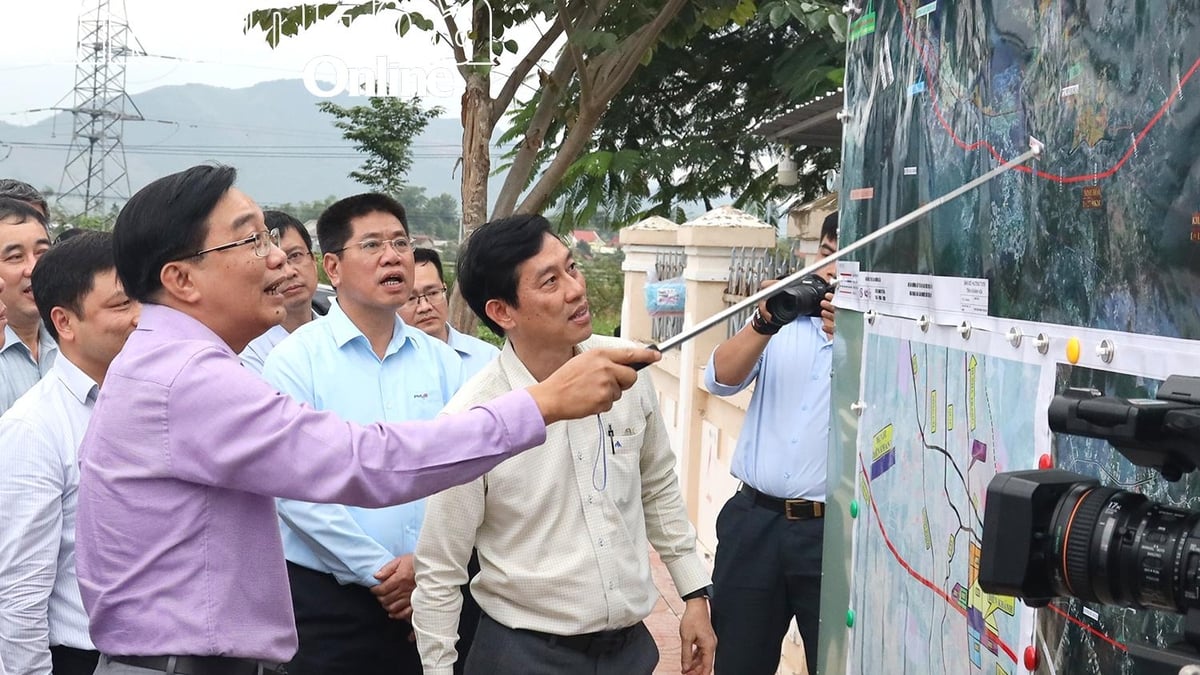

















![[Photo] National Assembly Chairman attends the seminar "Building and operating an international financial center and recommendations for Vietnam"](https://vphoto.vietnam.vn/thumb/1200x675/vietnam/resource/IMAGE/2025/7/28/76393436936e457db31ec84433289f72)








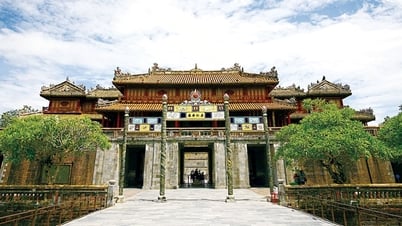





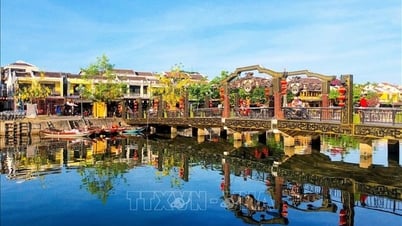










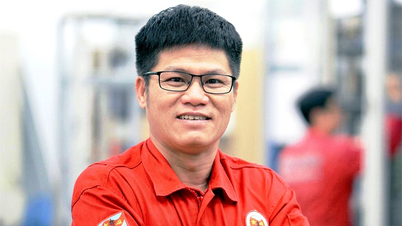







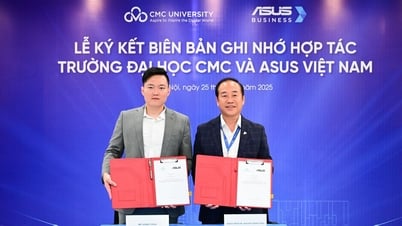





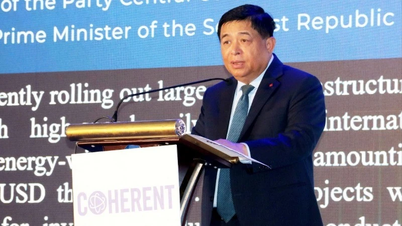

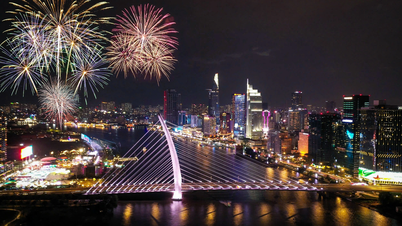































Comment (0)